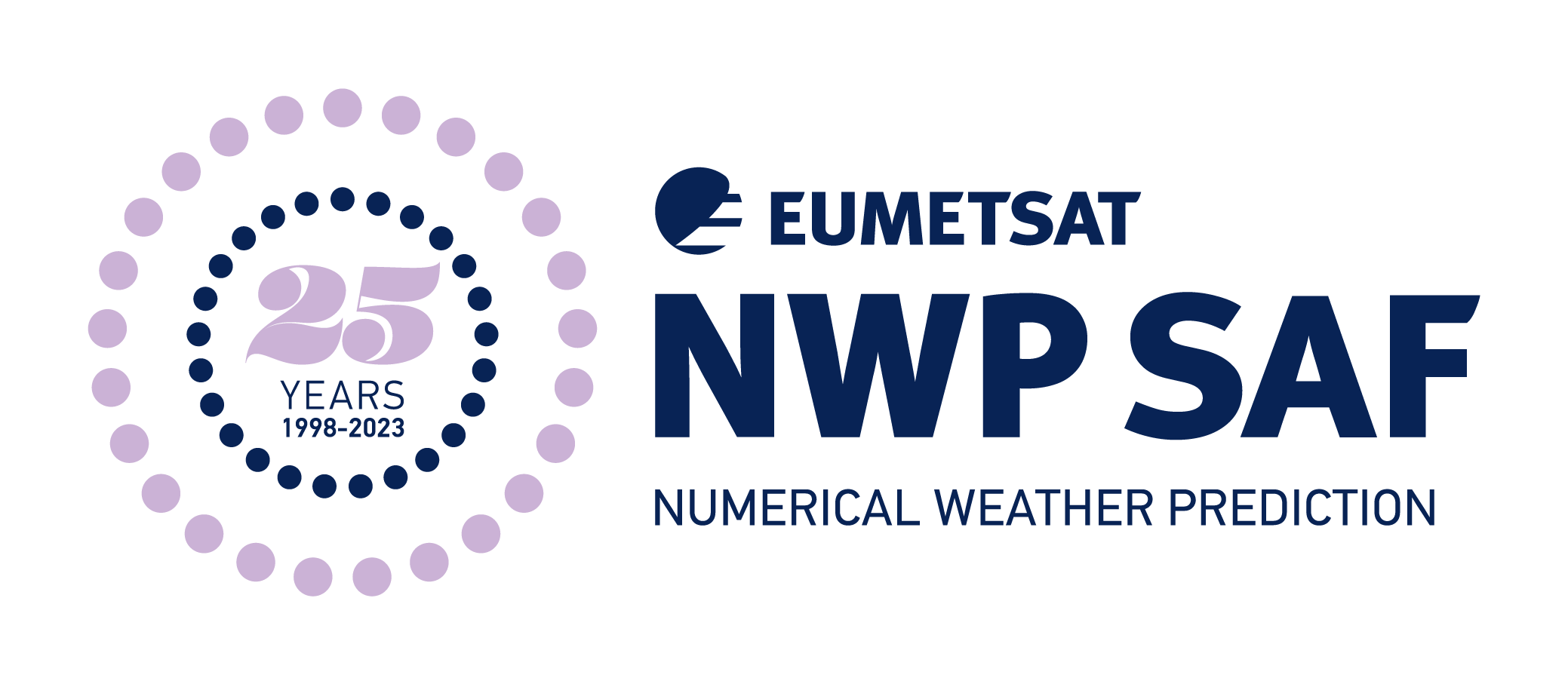Satellite Application Facility for Numerical Weather Prediction › Forums › RTTOV › Older Versions › RTTOV v13 › RTTOV v13 General Discussion › Questions about the RTTOV-SCATT model
- This topic has 3 replies, 2 voices, and was last updated 1 year, 8 months ago by
 James Hocking.
James Hocking.
-
AuthorPosts
-
October 26, 2023 at 8:49 am #48929
 liu xuanParticipant
liu xuanParticipantHi,
I checked out the programme rttov_scatt.F90, which describes it as being suitable for cloudy or rainy sky. Can I use this program for clear sky conditions by setting the value of the cloud profiles to zero.The results of the final calculation are divided into clear and total, the difference between these two is the effect of the presence or absence of clouds?
Looking forward to receiving your recovery.Thanks,
Liu XuanOctober 26, 2023 at 9:22 am #48931 James HockingKeymaster
James HockingKeymasterHi Liu Xuan,
Yes, if you set the cld_profiles(:)%hydro(:,:) inputs to zero then RTTOV-SCATT will simulate clear-sky radiances, i.e., the “total” radiance computed by RTTOV-SCATT is the clear-sky radiance.
However, in the general case (i.e., with hydrometeors present), RTTOV-SCATT outputs the total, cloudy, and clear radiances in radiance%total(:), radiance%cloudy(:), and radiance%clear(:) respectively, so you don’t need to perform a separate simuation to obtain the clear radiances.
Equation 8 in section 8.7 of the RTTOV v13 user guide shows how the clear and cloudy radiances are combined using the effective cloud fraction (C) to obtain the total radiance:
L_total = (1-C) * L_clear + C * L_cloudy
Best wishes,
JamesOctober 26, 2023 at 10:10 am #48932 liu xuanParticipant
liu xuanParticipantHi,
I would like to know if the Rttov Scatt model can simulate microwave radiation for both vertical and horizontal polarisation in the same band.I don’t seem to see that it can simulate different polarisations.
Thanks,
Liu XuanOctober 26, 2023 at 10:17 am #48933 James HockingKeymaster
James HockingKeymasterHi Liu Xuan,
In RTTOV and RTTOV-SCATT polarisation is accounted for in the surface emissivity and reflection, but beyond that RTTOV and RTTOV-SCATT are not polarised radiative transfer models.
However, RTTOV-SCATT (in RTTOV v13.2) does provide two options for approximate treatment of polarisation effects induced by frozen hydrometeors. This works by scaling the hydrometeor optical properties within RTTOV-SCATT. I recommend reading section 8.7 (page 84 in particular) of the RTTOV v13.2 user guide which explains the “empirical” scheme for imagers (V- and H-pol channels), and the new “ARO-scaling” scheme for imagers and sounders (V-, H-, QV- and QH-pol channels), and provides references giving full details of these approximations.
Best wishes,
James -
AuthorPosts
- You must be logged in to reply to this topic.
